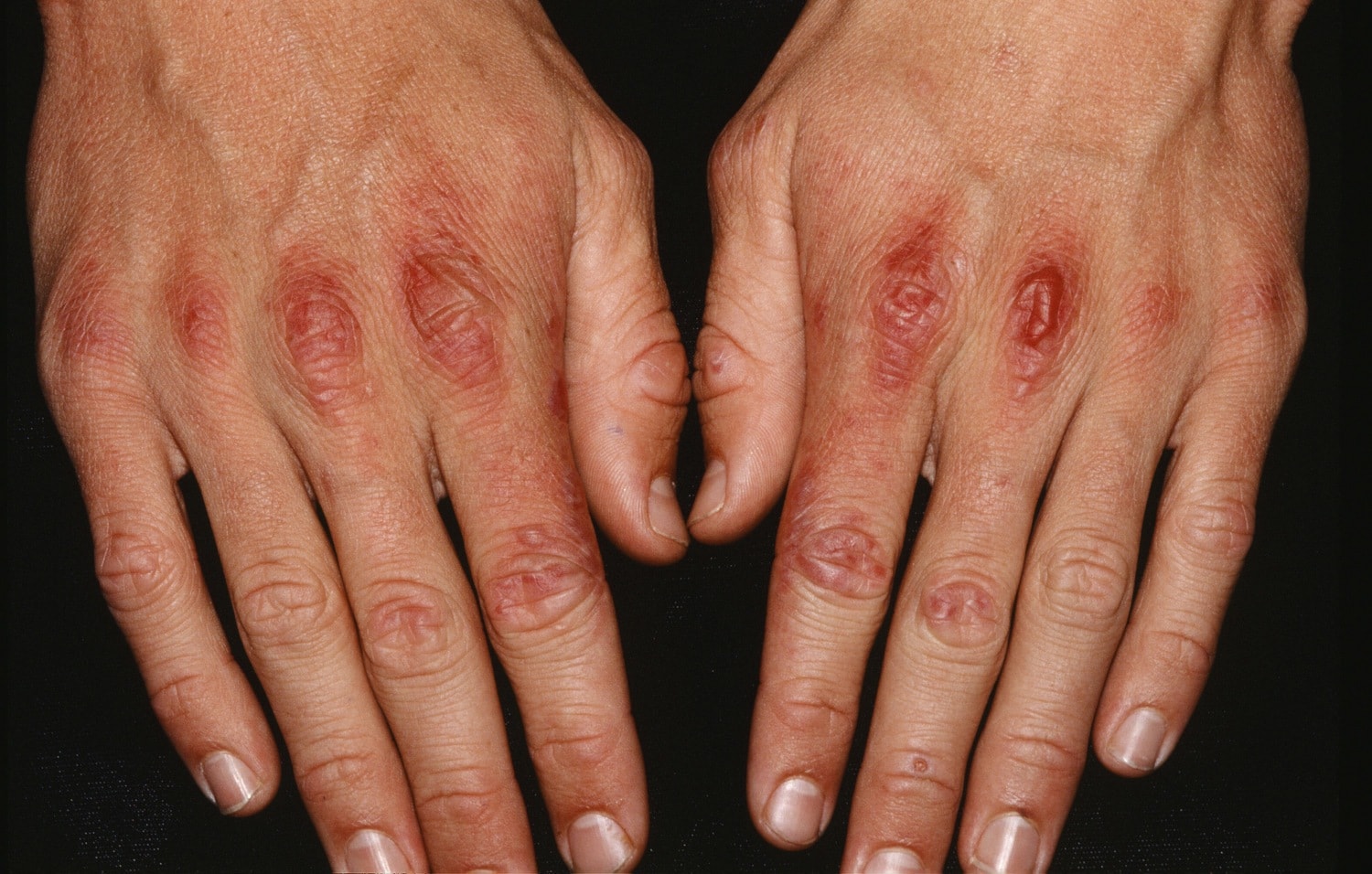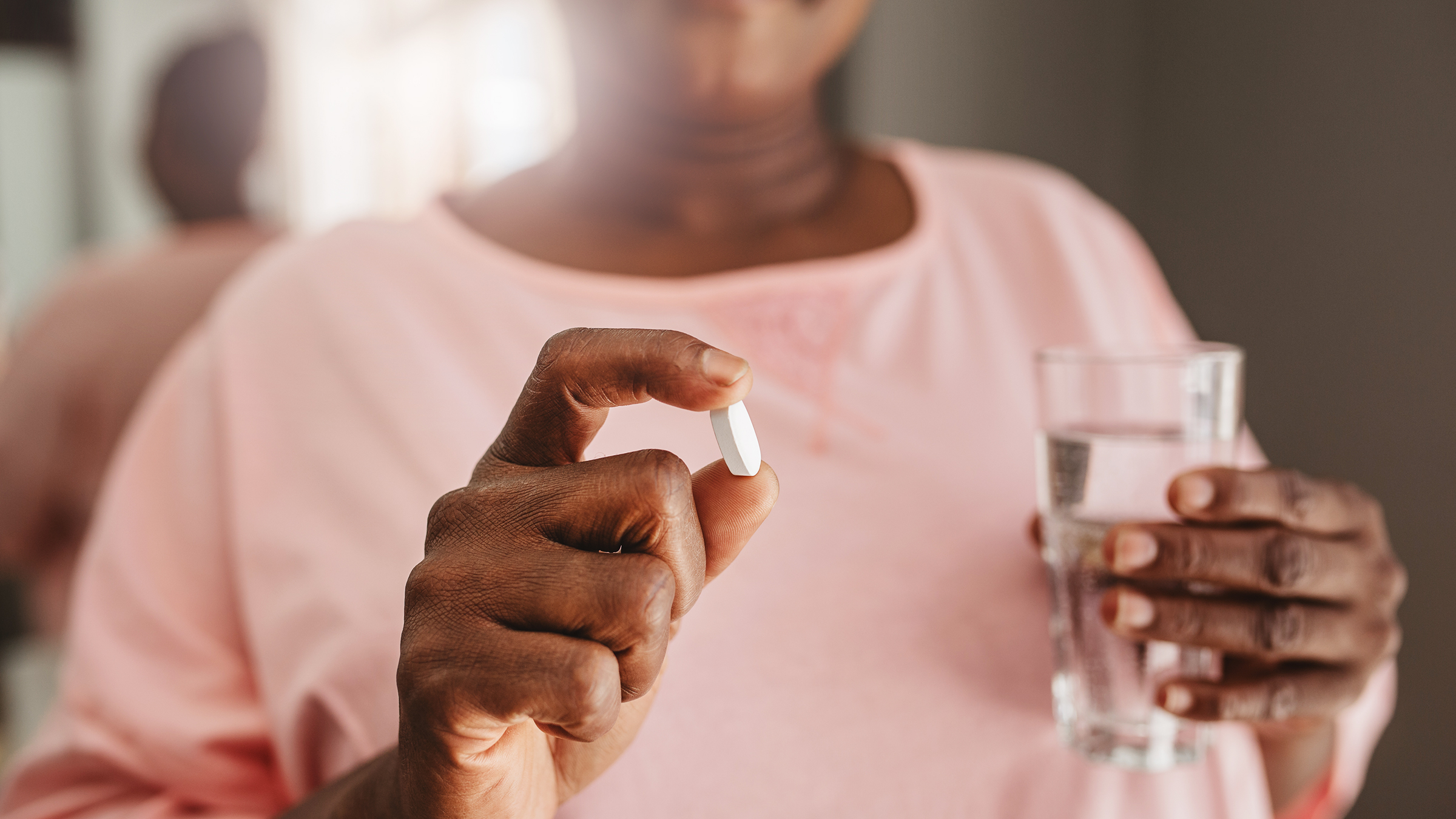Are you taking doxycycline and planning a beach vacation? Think again, because ignoring the sun's effect on your skin while on this medication could land you in serious trouble.
Doxycycline, a widely prescribed antibiotic, often comes with a warning that many patients unfortunately overlook: increased sensitivity to sunlight. While this medication is effective against a range of bacterial infections, acne, and even malaria prevention, its interaction with ultraviolet (UV) radiation can lead to uncomfortable and potentially harmful photosensitivity reactions. It's a crucial aspect of the drug's profile that every patient needs to understand to ensure their well-being.
The risk isn't merely theoretical. In a study focused on patients treated for erythema migrans (EM) with doxycycline, 1.9% experienced photosensitivity reactions, highlighting the real-world implications of this side effect. Given that EM often occurs during the summer months, the potential for doxycycline-induced photosensitivity is a legitimate concern for both patients and healthcare providers. Reports vary, but some studies show photosensitivity rates as high as 15% among doxycycline users. The severity can differ significantly from person to person; as one health professional noted, two individuals taking doxycycline could react very differently to sun exposure, with one being fine and the other requiring emergency room treatment.
- Watch Hdhub4u Bollywood Movies Online Free 2024
- Your Guide To Movie Reviews Box Office More Movierulz Info
| Category | Information |
|---|---|
| Drug Name | Doxycycline |
| Drug Class | Tetracycline antibiotic |
| Common Uses | Bacterial infections, acne, malaria prevention |
| Mechanism of Action | Inhibits bacterial protein synthesis |
| Common Side Effects | Nausea, vomiting, diarrhea, photosensitivity |
| Photosensitivity Risk | Increased sensitivity to sunlight/UV radiation |
| Phototoxic Reaction Rate | Approximately 3% at 100mg daily dose (increases with higher doses) |
| Sun Exposure Recommendations | Avoid prolonged exposure, use sunscreen, wear protective clothing |
| Duration of Photosensitivity | May last up to 2 weeks after stopping doxycycline |
| Related Conditions | Erythema Migrans (EM), Lyme Disease |
| Reference Link | U.S. Food and Drug Administration (FDA) |
So, what exactly happens when doxycycline interacts with sunlight? Doxycycline can cause photosensitivity reactions, making the skin much more susceptible to sunburn and other adverse reactions, even after brief exposure to the sun. This isn't merely a mild rash; it can result in intense sunburn, blistering, and significant discomfort. The mechanism behind this is that doxycycline can act as a photosensitizer, meaning it absorbs UV light and transfers that energy to the skin, causing cellular damage. It's like having a magnifying glass amplifying the sun's harmful effects directly on your skin.
What makes this interaction particularly tricky is that the photosensitivity doesn't vanish the moment you stop taking the medication. The effects can linger for up to two weeks after discontinuing doxycycline, meaning precautions are necessary even after you've completed your course of treatment. This prolonged sensitivity underscores the importance of taking preventive measures from the very start of your doxycycline regimen.
Of course, nobody wants to be confined indoors for weeks on end. The good news is that you don't have to. Effective sun protection strategies can significantly reduce the risk of photosensitivity reactions. The cornerstone of protection is sunscreen. Select a broad-spectrum sunscreen with an SPF of 30 or higher. Broad-spectrum means it protects against both UVA and UVB rays, both of which contribute to photosensitivity. Apply it liberally and reapply every two hours, especially if you're sweating or swimming. Don't forget often-missed areas like the ears, back of the neck, and tops of your feet.
Sunscreen isn't your only ally. Protective clothing provides a physical barrier against the sun's rays. Long-sleeved shirts, long pants, and wide-brimmed hats can shield your skin from direct exposure. Look for clothing made from tightly woven fabrics that offer enhanced sun protection. Sunglasses are equally important. They protect your eyes from UV radiation, which can also cause damage and contribute to overall sun sensitivity.
Timing your outdoor activities can also make a difference. The sun's rays are most intense between 10 a.m. and 4 p.m. If possible, schedule outdoor activities for early morning or late afternoon, when the sun is less potent. When you are outdoors, seek shade whenever possible. Trees, umbrellas, and awnings can provide valuable protection from direct sunlight.
The dosage of doxycycline can also influence the likelihood of photosensitivity. A study performed in Sweden indicated that phototoxic reactions might be linked to higher doses, with a reaction observed in 1 out of 10 patients exposed to a high-intensity sun lamp UVA sun 2000 after administration of doxycycline 200 mg. Another study indicated that phototoxic reactions from doxycycline are relatively rare, occurring in about 3% of patients at a dose of 100 mg daily, but the incidence significantly increases at greater doses. This suggests that a lower dose may reduce the risk, but it's crucial to follow your doctor's prescribed dosage and not adjust it without medical advice.
While severe reactions are less common, it's essential to recognize the signs of photosensitivity. Symptoms can include sunburn-like redness, blistering, itching, and swelling of the skin. In some cases, a rash may develop. If you experience any of these symptoms, stop taking doxycycline (if your doctor approves), avoid further sun exposure, and contact your healthcare provider. They may recommend topical treatments like corticosteroids to reduce inflammation or oral antihistamines to relieve itching.
It's not just direct sunlight that poses a risk. Exposure to ultraviolet (UV) light from tanning beds and sunlamps can also trigger photosensitivity reactions. These artificial sources of UV radiation are just as harmful, if not more so, than natural sunlight. Avoid tanning beds and sunlamps altogether while taking doxycycline and for at least two weeks afterward.
The interaction between tetracycline antibiotics and solar radiation has been known for some time. Doxycycline belongs to this class of medications, and its photosensitizing effects are well-documented. Other tetracyclines may also cause similar reactions, so it's essential to discuss potential sun sensitivity with your doctor if you're prescribed any antibiotic in this class.
The experience of photosensitivity can vary. One person recounted being prescribed doxycycline for acne and, after flying to Arizona and spending a couple of hours sunbathing while using sunscreen, experienced adverse effects. This highlights that even with precautions, individual responses can differ, and it's vital to be vigilant. Some may experience mild erythema, while others might suffer more severe reactions.
It's also worth noting that some individuals may be more susceptible to photosensitivity reactions than others. Factors such as skin type, genetics, and other medications can influence your risk. If you have a history of sun sensitivity or are taking other drugs that increase your sensitivity to sunlight, be especially cautious while taking doxycycline.
In some cases, alternative antibiotics that don't cause photosensitivity may be available. Discuss your concerns with your doctor, especially if you have a history of sun-related skin problems. They can assess your individual risk factors and recommend the most appropriate treatment option.
Beyond the immediate discomfort of a photosensitivity reaction, there are potential long-term consequences to consider. Repeated sunburns can increase your risk of skin cancer, including melanoma, the deadliest form of skin cancer. Protecting your skin from the sun while taking doxycycline is not just about avoiding a temporary rash; it's about safeguarding your long-term health.
The information on doxycycline and photosensitivity can sometimes seem contradictory. Some sources may downplay the risk, while others emphasize the potential for severe reactions. The key is to understand that individual responses vary, and it's always best to err on the side of caution. Consult your doctor or pharmacist for personalized advice tailored to your specific situation.
When starting doxycycline, ask your doctor about the potential for photosensitivity and what steps you can take to minimize your risk. Make sure you understand how long the photosensitivity may last after you stop taking the medication. Remember, discontinuing doxycycline usually alleviates symptoms within 1 to 2 days, and the risk of a reaction significantly decreases after being off the drug for that period. However, it's still wise to maintain sun protection for a couple of weeks to be safe.
Ultimately, taking doxycycline doesn't have to mean hiding indoors. By understanding the risks of photosensitivity and taking appropriate precautions, you can continue to enjoy outdoor activities while protecting your skin. Sunscreen, protective clothing, and smart timing are your best defenses against the sun's harmful effects.
Remember, being proactive and informed is the best way to manage the potential side effects of any medication. Don't hesitate to ask questions and seek clarification from your healthcare provider. Your health and well-being are worth it.



Detail Author:
- Name : Rogers Deckow
- Username : uklocko
- Email : fahey.marianna@upton.biz
- Birthdate : 1977-06-02
- Address : 288 Jessie Fork North Lelahfort, LA 43703-8953
- Phone : 1-830-622-3910
- Company : Lebsack Ltd
- Job : Logistician
- Bio : Tempore natus quos reprehenderit corporis natus quia. Labore sint qui quod pariatur. Quos ut laborum est quia vero ut.
Socials
tiktok:
- url : https://tiktok.com/@fritschr
- username : fritschr
- bio : Sed a et mollitia saepe quo.
- followers : 2624
- following : 1581
instagram:
- url : https://instagram.com/reganfritsch
- username : reganfritsch
- bio : Voluptatibus velit qui voluptas est odit. Et libero et doloremque id est deleniti cumque autem.
- followers : 1993
- following : 1252
twitter:
- url : https://twitter.com/fritsch2000
- username : fritsch2000
- bio : Sit vitae labore debitis doloremque commodi voluptas. Non molestiae et a et. Pariatur aliquid nulla omnis. Ea tempore quo molestias blanditiis omnis.
- followers : 5116
- following : 830